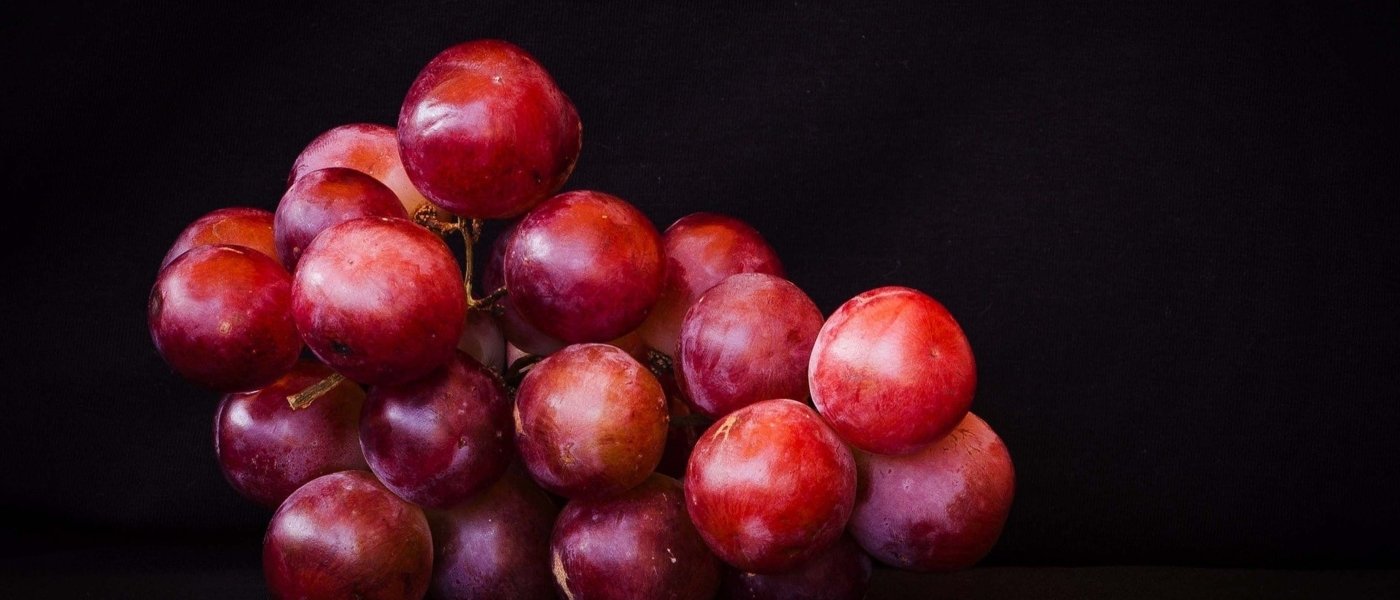This temperate northern part of the burgeoning Rapel Valley has a constant Mediterranean climate, making it ideally suited not only for producing top-quality Cabernet Sauvignon and Syrah, particularly in the eastern part of the valley where vines climb the foothills of the towering Andes, but also the perfect place to take a trip into the Chilean winemaking heartland.
Experience the clear skies and constant sunlight of the Cachapoal Valley
Wine from this warm area of the Central Valley Region squeezed in between Chile’s two important mountain ranges profits from greater temperature variability thanks to higher altitude and cold air drainage from the Andes at night. Thus, grapes produced here boast good levels of acidity and colour, despite its hot climate. The long, even growing season means that grapes reach full phenolic ripeness without compromising essential acidity. Although not as prestigious as the Maipo and Colchagua Valleys to the north and south, some very promising vineyards have been established and a number of prestigious Rapel wines contain fruit from Cachapoal vineyards as well as from neighbouring Colchagua.
Discover Cachapoal Valley wine
Some of Chile’s finest, most elegant Cabernet Sauvignon comes from the Andean foothills in Rapel, the so-called Alto Cachapoal, where the slopes rise from the warmer valley floor and profit from longer hours of sunlight, yet cooler temperatures. To the west, closer to the coast, vineyards enjoy cooling breezes and more fertile loamy soils, ideal for growing Chile’s iconic variety, Carménère. Puemo, one of Cachapoal’s sub-regions, is one of Chile’s up-and-coming-regions and produces some of its finest Carménère wines. This distinct micro-climate is located near to the Coast Mountains range and benefits from cool breezes from the Pacific and maritime soils. Full-bodied, fruit-forward Puemo Carménère is highly sought after.
Enjoy some of Chile’s finest Carménère
Carménère, an old Bordeaux variety, was thought to be extinct, at least in Europe, in the wake of phylloxera’s devastation, however this variety made it across the Atlantic to Chile’s phylloxera-free soils prior to this and was discovered growing in Chilean vineyards in 1994, when it was first identified as such. Hidden, mixed among rows of Merlot vines, much of Chile’s Merlot was in fact Carménère. Chile, with no flagship variety, like Argentina’s Malbec and Uruguay’s Tannat, adopted this lost variety as its own. Nowadays, the word Carménère features on many Chilean wine labels and as part of a blend, for example with Cabernet Sauvignon.
Explore the colours and flavours of the Cachapoal Valley
Explore the magnificent landscape of this part of the Rapel Valley with the Cachapoal River and its tributaries rippling down from the majestic Andes and into the Lake Rapel. Tour its beautiful vineyards on horseback or by mountain bike and take the time to enjoy the famed Chilean hospitality at one of its many vineyards, restaurants and hotels. Discover historic wineries and modern boutique vineyards and enjoy the powerful reds of this viticultural paradise.
Uncover the range of Cachapoal Valley wine estates
Just ninety minutes south of Chile’s vibrant capital, Santiago, the Cachapoal Valley is home to over 20 Chilean wineries boasting wonderful wines, magnificent surroundings and well-tended estates. Enjoy century-old country houses, modern boutique wineries and state-of-the-art production facilities as well as a range of award-winning wines from some of Chile’s top wineries. Relax in peace and quiet away from the hustle and bustle of the city.
Let our local experts at Wine Paths compile the perfect Cachapoal Valley wine experience for you.
If you're interested in one of our Chile Wine Tours, please visit this link.





